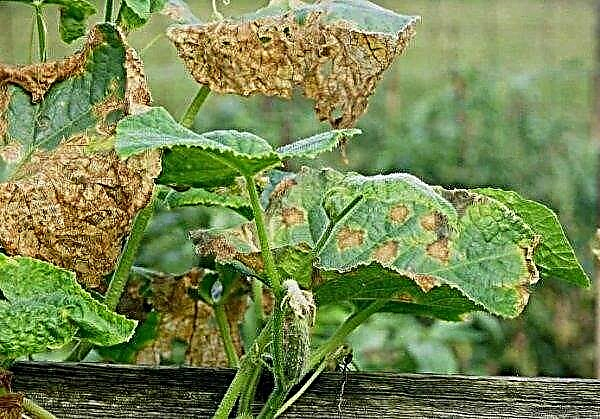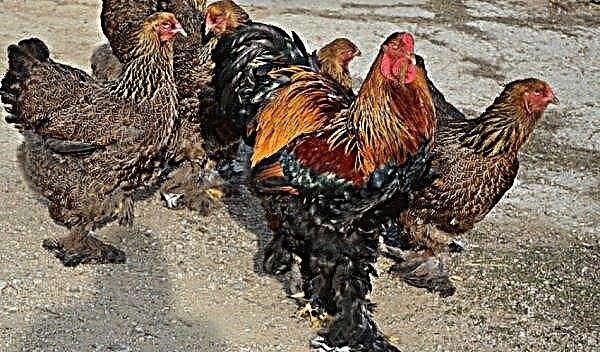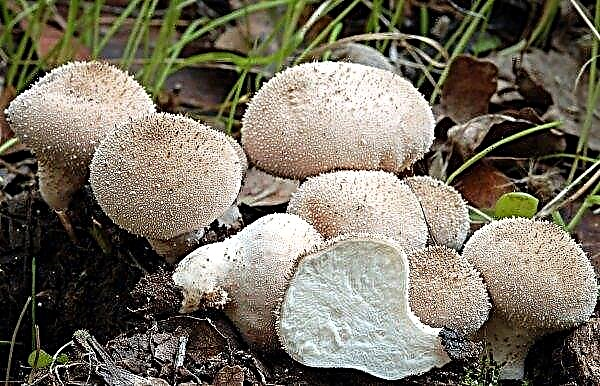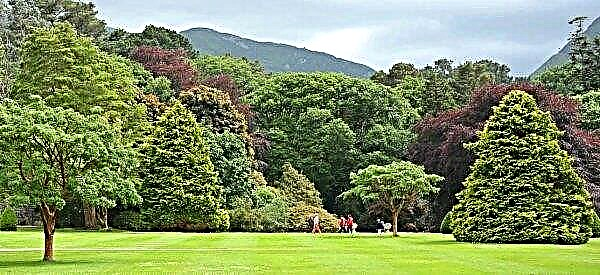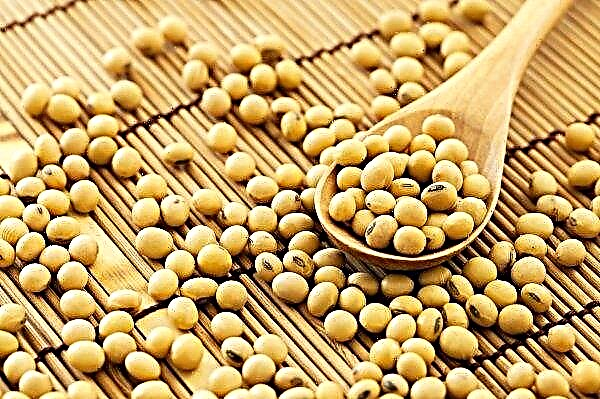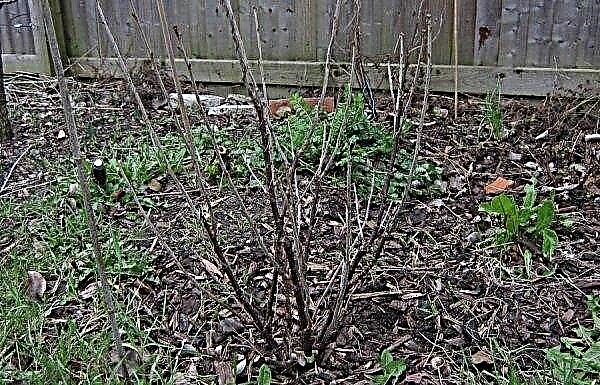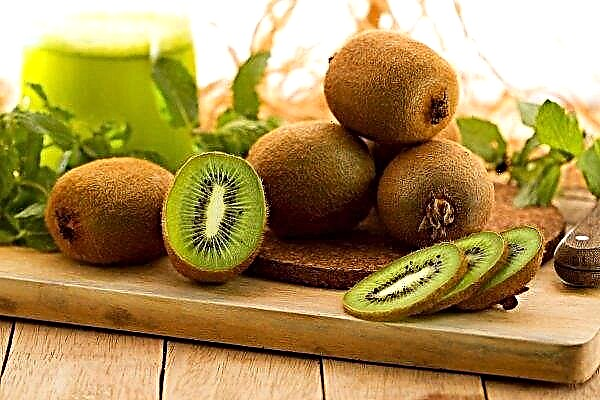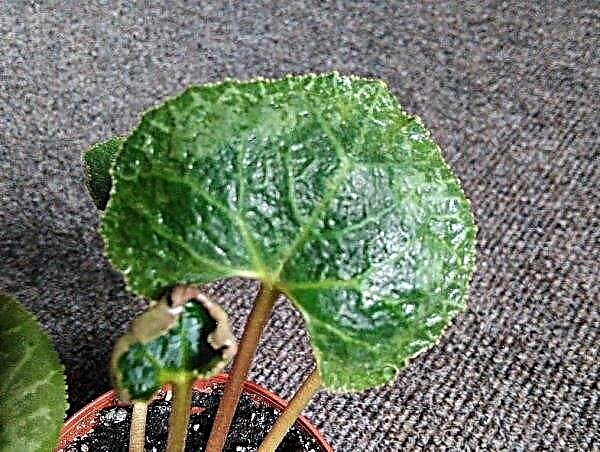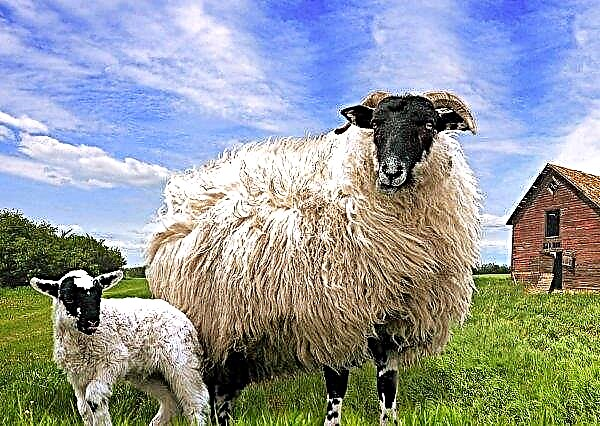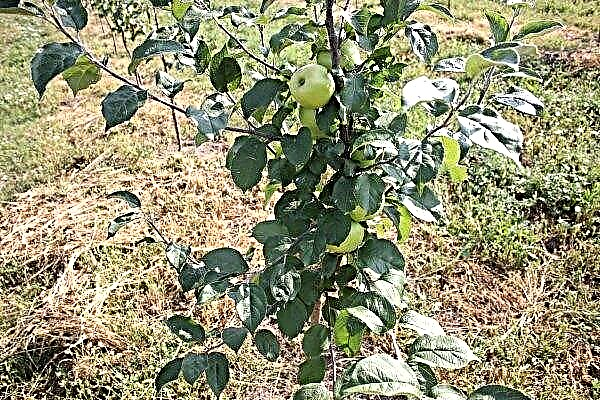Tomatoes are a popular and cultivated vegetable both in personal plots and in industry. Over the years of breeding, thousands of varieties of various types, colors and tastes have been bred. Some of them differ significantly in their characteristics, for example, Casanova tomato is original even among unusual varieties. It will be discussed in the article.
Description and characteristics of the variety
Casanova variety was created recently - in 2017 it was included in the State Register of Agricultural Achievements. The first bushes of culture and seeds from them were obtained at the Novosibirsk agricultural company "Siberian Garden" by breeder Vladimir Dederko.
Tomatoes have an elongated cylindrical shape with changes in the growth angle by several degrees and tubercles.
Video: Tomato varieties Casanova
These features, which add piquancy to the appearance of the fruit, have led to such a name for a new species that has already begun to conquer the hearts of gardeners and farmers, thanks to the qualitative characteristics:
- mid-ripening - the first fruits are obtained 100 days after sowing seeds for seedlings;
- a high (up to 2 m) indeterminate bush must be carefully formed and tied up several times during growth;
- heat-loving - in the southern regions, seedlings are planted in open ground, and in a temperate climate they are cultivated only in a greenhouse;
- fruitful - 4–5 fruits are formed on each brush;
- large tomatoes - length up to 20 cm, weight - up to 200 g;
- the fruits are red and orange-red, almost seedless, with a dense and aromatic pulp that has a subtle sweetness in taste;
- used fresh and for canning.
Important! The best fruiting is observed in the formation of bushes in two trunks. In this case, it is necessary to prevent additional pinching.
Advantages and disadvantages
- The advantages of the species abound:
- productivity;
- keeping quality;
- transportability;
- preservation of integrity during conservation;
- high taste;
- original appearance.

It is difficult to single out the shortcomings, since the flaws were rejected during selection.
- Among the minuses include:
- thermophilic, which does not allow it to be grown in open ground in many regions;
- the need to form a bush and garter due to tallness.
Acceptable timing for sowing
Seeds for seedlings are planted two months before planting in a greenhouse or open ground. To get the first fruits in July, planting is carried out in the middle or end of March. With greenhouse cultivation, the timing is less important, so the seeds for seedlings are planted in February and early March.
Did you know? To prove the harmlessness of tomato to the inhabitants of American Salem, in 1822, retired colonel Robert Johnson ate a bucket of tomatoes in front of everyone's eyes. Since he did not die from this, the fetus immediately became popular among local residents.
Growing rules
When growing Casanova, there are no cardinal differences from the cultivation of other types of tomatoes. In any case, it is necessary to carefully care for the plants from the moment of the first seedlings to the harvest.
Growing seedlings
As mentioned above, seedlings spend up to 60 days in containers before planting at a constant place of growth. During this period, painstaking work must be done to strengthen the sprouts and prepare them for adulthood.
Seedling growing technology:
- Material selection. The largest, healthy and high-quality seeds are selected for planting.
- Treatment. Planting material is placed in a weak solution of potassium permanganate for 20 minutes, dried and treated with a growth stimulator - Epin, Zircon or ash solution.
- Soak. Seeds are spread on a damp cloth or natural tissue for a day. It is necessary to monitor the humidity and moisten the material on time.
- Landing. Grains are planted in containers with moistened soil to a depth of 1 cm. For tomato seedlings, a mixture of turf land with humus in different quantities is well suited. The containers are covered with glass or film and placed on a windowsill with diffused lighting.
- Initial growth conditions. The first days of lighting are needed around the clock, temperature +23 ... + 25 ° C, watering - once a week.
- Pick. The transplant is carried out after the formation of the first two true leaves. The strongest plants are selected, which are transferred into 0.5-liter plastic glasses.
- Top dressing. From picking to planting, seedlings are fed three times with nitrogen fertilizer: during the appearance of the third leaf; in two weeks; two weeks later.
- Quenching. Two weeks before planting, seedlings need to start preparing for more severe conditions. To do this, containers with plants are put on a windowsill, balcony or in a warm courtyard. In this case, it is necessary to protect the seedlings from direct sunlight and wind.
Important! To increase yields when picking, you can plant two or three stems side by side in one tank.
Landing site preparation
The soil in the future plot for tomatoes is prepared in the autumn period - the land is dug up with phosphorus and potassium fertilizers (30 g per 1 m²). In a greenhouse, all structures and land must be sanitized. This is done with a weak solution of potassium permanganate or professional chemicals.
In spring, nitrogen fertilizers and humus are added to the soil - 15 g and 8 kg per 1 m², respectively. It’s good to sprinkle ash on the surface of the soil, which will reduce the acidity of the earth.
Seedling Planting Technology
Seedlings that are already ready for planting in the ground should have the following symptoms:
- height - 30–35 cm;
- stems are strong;
- leaves - up to 7 pcs. on each stalk;
- flower brushes - 1-2 per bush;
- internodes are short.

- Prepare the hole - the depth of the glass with seedlings. On 1 m² no more than four holes are prepared.
- Plants are planted in the wells.
- The holes fall asleep, the earth around the stem is neatly compacted, watered and mulched by sluggish mowed grass or last year's straw.
Important! Strong seedlings are planted at right angles to the soil surface, and weak specimens — at an angle of 45 °. This will help them to solidify in the ground.
Tomato Care Features
Given the fact that Casanova is a new species, caring for it is slightly different from the process for established varieties. The nuance is tallness and the associated efforts to maintain the bushes in an upright position.
Irrigation rates and fertilizer
Watering adult plants is necessary as the soil dries. Here, the approach is universal, as with other tomatoes - when the topsoil dries. Check the layer under it, with insufficient moisture, water the bushes. Given the power, growth and yield of the variety Casanova, watering should be plentiful (10 liters per bush) - in beds, holes or under the stem. The water is used clean and warm, settled or filtered.
When flowering and fruit formation, bushes respond well to feeding with ash and boric acid (1 g per 5 l of water). You can also make crushed eggshells, which will saturate the tops and fruits with calcium.

Pasynkovka and formation of a bush
Stepsons appearing in the axils of the leaves are removed so that they do not take the main forces of the plant, aimed at the formation of fruits. Given the splendor of the growth of the bush, it is thinned several times from the lateral empty processes during the growing season.
It is also necessary to tie up plants. To do this, high stakes are driven from two sides of the bed - wooden, plastic or metal. Between the stakes at several levels in height stretch a string or wire, to which, as they grow, the stems are tied.Soil cultivation and weeding
After watering, a crust forms from the dried top layer of soil near the plant, which must be carefully loosened to provide air access to the root system. If this is not done on time, the leaves will begin to turn yellow and fall off.
Weeding is a mandatory procedure, since weeds have a developed root system and take nutrients and moisture from cultivated plants. Therefore, clean beds, where only tomatoes grow, not only please the eye, but also help the bushes to develop and bear fruit.
Did you know? American farmer Rob Baur planted a tomato on a tobacco crop to produce tomac (tomacco), which contains nicotine in its leaves. But the plant did not receive practical use, and was recognized as unpromising.
Tomato diseases and pests
Casanova, like any other tomato, is exposed to diseases typical of the species:
- Late blight. It appears in the form of gray and brown spots throughout the bush. For treatment, “Oksikhom”, “Barrier” are used. Good results are given by spraying with tincture of garlic.

- Cladosporiosis. It is characterized by velvety spots on the leaves and bottom of the stem. It is treated with Oxychom and Hom preparations.

- Vertex rot. Wet dark spots on green fruits are a signal of a lack of calcium. The culture needs to be fed with neutral lime or chalk.

- Furazion wilting. First, the foliage withers on the branch, and then the whole branch withers. It is necessary to spray the bush with "Barrier".
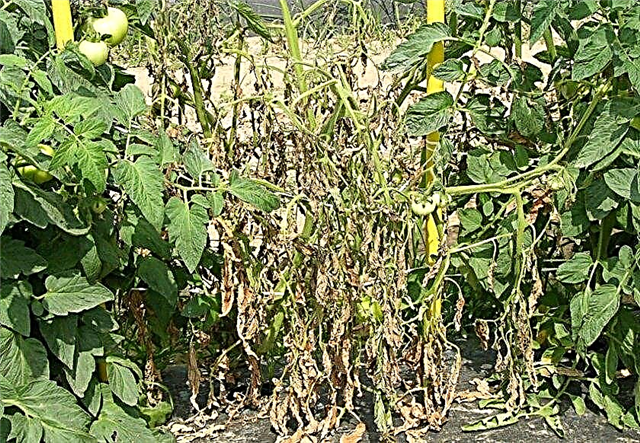
- Fomoz. Due to excess water or fertilizer, spots of rot appear on leaves, stems and fruits. In this case, Oksih will help.

Pests do not bypass this tomato variety:
- Aphid. It can destroy large plantations if it is not stopped in time. In the garden, this can be done by washing the bushes with soapy water, sprinkling them with ash and spraying with infusion of onion husks with garlic. On an industrial scale, it is necessary to pollinate the field with insecticides.

- Spider mite. Weaves small cobwebs on the bottom of the leaves, sucks moisture from the plant. For prevention and treatment, Karbofos is used.
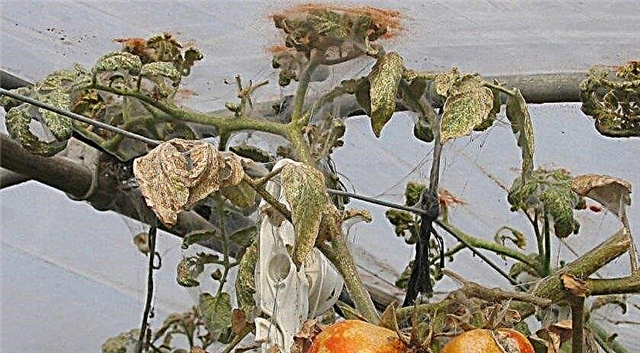
- Slug. They feast on leaves and can eat the whole bush. To prevent them from planting, slaked lime and finely chopped bitter pepper are laid around the stem.

- Medvedka. Digs the ground near the plant, eating its roots. Acetic solution or the Thunder preparation is used against this large insect.

- Whitefly. These small pests attack the tops of tomatoes, from which it withers, blackens and dries. To save the seedlings, they spray the plantation with the Confidor insecticide.
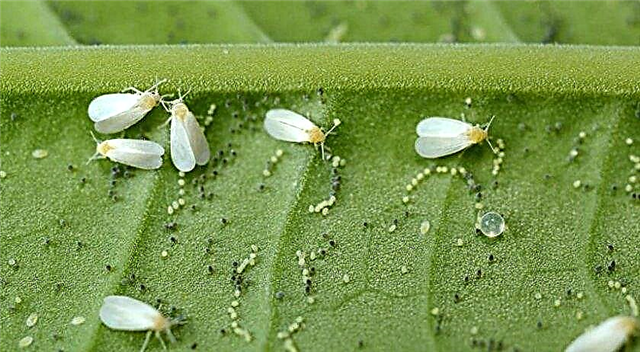
Collection and storage of tomatoes
Harvested once every 3-5 days as the fruit ripens, early in the morning or in the evening after sunset. Tomatoes are placed in a basket or plastic containers, left overnight on the street or in a warmer place. All fruits are removed from the bushes at the first frost. Unripe berries are laid out in a bright warm place (windowsill, illuminated heated barn) for ripening.
Green and brown tomatoes ripen and store well in wooden crates, laid out with dry straw. Upon reaching the technical maturity of the fruit, the boxes are moved to a cool place where the variety can be stored for another 1-2 months.
Tomato Casanova is interesting both in appearance and in exceptional commodity characteristics. With proper simple care, the culture is able to give a large crop of quality fruits with a long shelf life.












